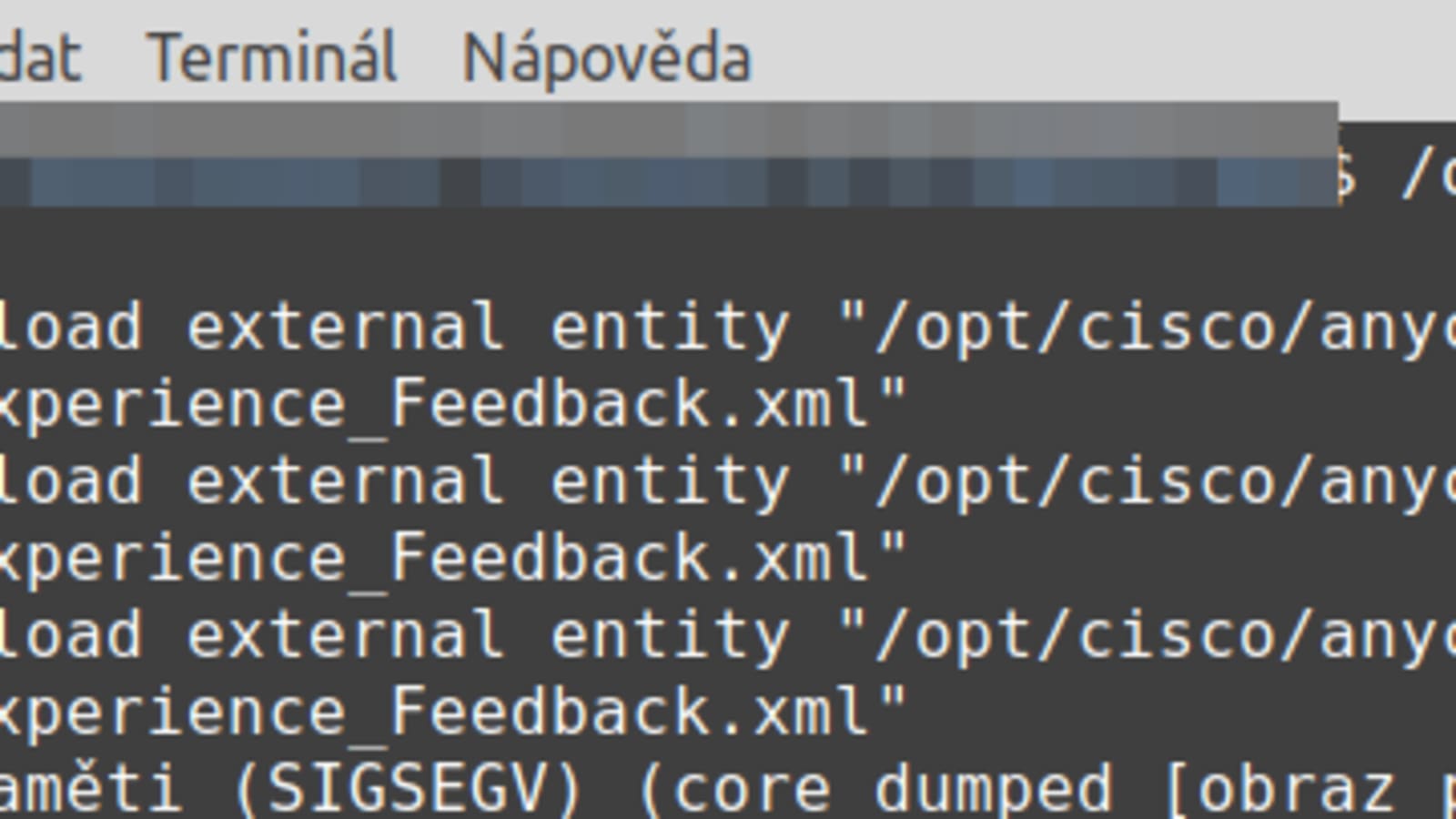VPN client compatible with Cisco AnyConnect SSL VPN. Home Features Getting Started Mailing List / Help Contribute Protocols VPN Server. OpenConnect VPN client. Pros: The company I used to work for, a very large company with thousands of employees around the world, had us use Cisco AnyConnect to connect to our enterprise networks whenever we were working from home or on a business trip. Our laptops would come pre-installed with the software and it seemed to integrate with the enterprise login system.
Link: https://sskaje.me/2014/06/openconnect-public-key-authentication/
Here are old articles about OpenConnect, the open source AnyConnect server:
OpenConnect on Ubuntu
Open Connect Server Configuration (Working for iOS)
Cisco AnyConnect Client for OS X/Windows/Linux (Version 3.1.05160)
This time, OCServ 0.80 on Ubuntu 14.04.
And still doesn’t work for OS X.
I was using password based authentication, but clients on iOS can not remember my password.
So now add some configurations based on “Open Connect Server Configuration (Working for iOS)“.
Create Client Certificates
Just follow the manual: http://www.infradead.org/ocserv/manual.html.
If you already have a CA based on openssl, I have another article: Generate Certificate with GnuTLS and Sign with OpenSSL.
Here is my user.tmpl:
2 4 6 | # User authentication method. Could be set multiple times and in that case # Options: certificate, pam. #auth = 'plain[/opt/ocserv/etc/passwd]' |

I tried to use both certificate and plain, but failed.
Just keep the certificate one.
server-cert & server-key
You can add your own certificate or get it somewhere like startssl.com.
I got my certificates from startssl.com, class 1, I got three files: ca.pem, sub.class1.server.ca.pem, and my own ssl.crt:

Anyconnect Open Source Download

Jun1903:59:08sskaje ocserv[11731]:GnuTLS error(at sec-mod.c:498):Decryption has failed. |
ca-cert
This ca-cert is for CLIENT certificates!
cert-user-oid & cert-group-oid
Follow the comment:
Anyconnect Open Source Free
2 | cert-group-oid=2.5.4.11 |
cisco-client-compat
Enable this! Thanks to @simamy.
Incoming search terms:
Related posts:
